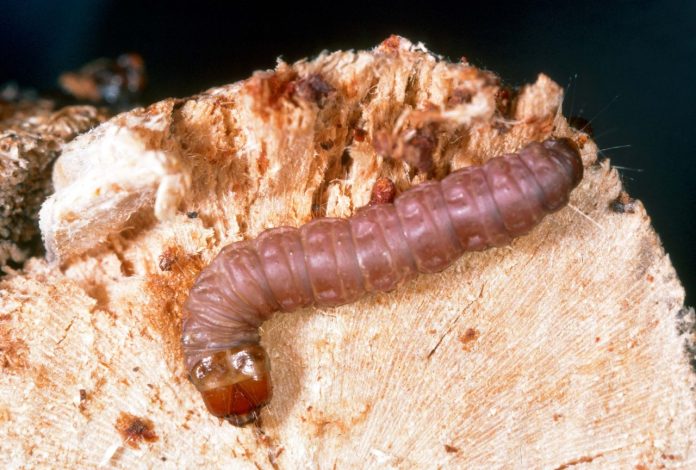
Prune bloom time will soon be here. UCCE orchard systems farm advisors have noted in Sac Valley Orchard Source that there are several management options that should be considered at this time of the year, though timing can vary depending on growing region.
If the forecast is for cold weather at bloom, tall weeds or a cover crop will cause colder orchard temperatures than a mowed floor. Newly disked soil provides the coldest conditions. On the other hand, if temperatures reach into the 80s during or soon after bloom, sprinklers can help reduce orchard temperatures one or two degrees.
Protecting this year’s crop from fungal disease begins at this time. To prevent brown rot, a single bloom spray is recommended at 25% to 40% bloom. Dew can provide enough moisture for brown rot infection and a second spray may be necessary. If rain is forecast during bloom, a spray at white bud and again at full bloom is advised. The full bloom spray is critical. A scab material can be included in the tank.
Significant rainfall during or right after bloom can trigger russet scab. Once the fruit is through the jacket, risk is minimal.
Monitoring for peach twig borer should be done during and after bloom. If this pest is present, chewing on buds is evident. Place pheromone traps at two per block no later than mid-March to determine biofix. If moths are caught on two consecutive trap checks, begin accumulating degree days.
For aphid control, two 440 oil sprays at four gallons per acre at bloom can be used to control mealy plum and leaf-curl plum aphids. Applications should be at slow ground speeds seven to ten days apart. For bee safety, alternative management timing avoiding bloom should be considered.
Weed control should also be part of an early spring management plan. Rotating or mixing herbicides with different modes of action will help with herbicide-resistant species.
Brad Hanson, UCCE weed specialist, has organized a chart to help, with herbicide name, a common trade name, the site of action group and the crops for which an herbicide has been labeled for use. Labels may have changed.




















